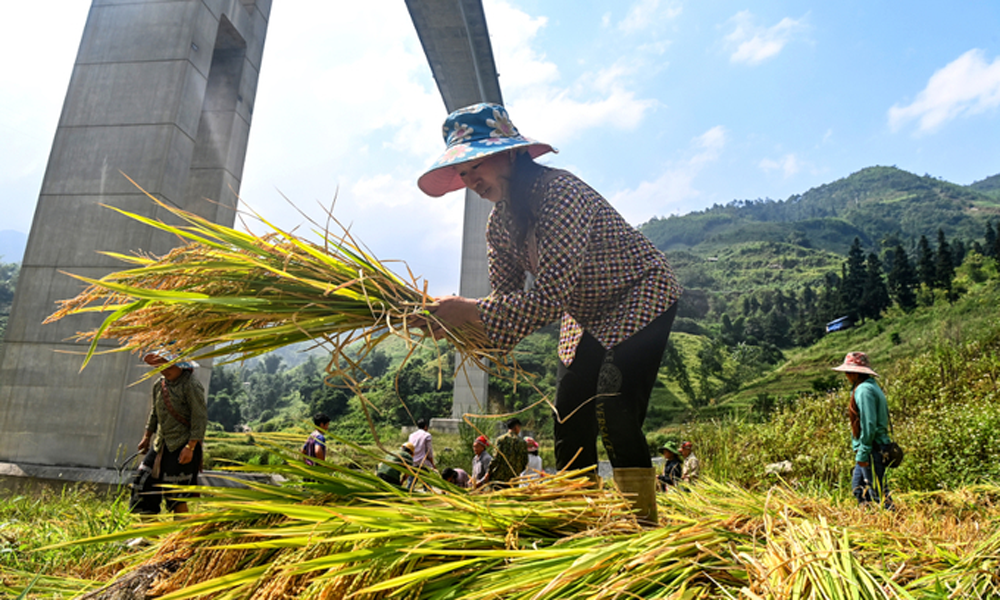Vietnam Seafood
Vietnam aims to become a developed country by 2050
Vietnam aims to become a modern industrial country with upper-middle income by 2030, and a developed, high-income country by 2050.
According to the resolution on the national master plan for the 2021-2030 period with a vision to 2050, the country’s average annual GDP growth should be some 7% a year over the period.
By 2030, GDP per capita at current prices will reach some $7,500, according to the plan.
The resolution envisions the service sector taking up more than 50% of the GDP pie, with industry and construction accounting for over 40%, and agriculture, forestry and fisheries weighing in at under 10%.
The average growth rate of social labor productivity will be over 6.5% per year, according to the plan, while the contribution of total factor productivity (TFP) to growth will be more than 50%.
Economic growth will be based on science and technology, innovation and digital transformation. The national urbanization rate should surpass 50%, and 3-5 urban areas in Vietnam will be developed to the highest Southeast Asian and global levels.
By 2050, Vietnam will become a developed, high-income country with a digital, green and circular economy in which science, technology and innovation are the main growth drivers, according to the most visionary part of the plan.
Vietnam will be one of the leading industrialized countries in Asia and become a regional and international financial center, a strong maritime nation, and a maritime economic hub for the Asia-Pacific region.
GDP growth of 6.5-7.5% a year is expected to bring per capita GDP to $27,000-32,000 by 2050, at which point the urbanization rate should reach 70-75%, the resolution proposes.
Vietnam envisions that at least of 5 of its cities will be “international level” cities by 2050, according to the NA proposal, which means these urban areas should be focal points for connection and development withing regional and international urban networks.


The resolution also states that the nation is striving to achieve zero net emissions “as quickly as possible by 2050.”
Under the master plan, Vietnam will consist of six socioeconomic regions, “four dynamic zones and growth poles,” as well as several economic corridors.
The six socioeconomic regions will include the northern midland and mountainous region (14 provinces and cities), the north central and central coastal region (14 provinces and cities), the Central Highlands (5 provinces), the southeast region (6 provinces and cities) and the Mekong River Delta (13 provinces and cities).
The four dynamic zones and growth poles will consist of the northern, central, southern and Mekong River Delta zones.
By 2030 Vietnam will develop the North-South economic corridor on the basis of the “North-South transport axis to the East,” connecting dynamic zones, large cities and economic centers.
In the long term, a Central Highlands – Southeast economic corridor will gradually form to better serve cash crop-growing areas, processing industries, and tourism development. The country will also establish East-West economic corridors.
To mobilize investment for implementing the master plan, Vietnam will focus on accelerating the divestment and equitization of state-owned enterprises.
Policies for capital markets will be completed, and policies on attracting foreign investment will be improved.
The country will center on securing foreign loans for use in key fields, including clean energy, culture, education, health, science, technology and innovation.
The Government has set a GDP growth target of 6.5% for 2023. Vietnam posted GDP growth of 8.02% last year, its highest since 2011.
(Source: https://e.vnexpress.net/)
https://e.vnexpress.net/news/economy/vietnam-aims-to-become-a-developed-country-by-2050-4558232.html



 Tiếng Việt
Tiếng Việt